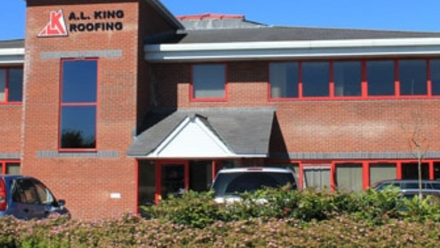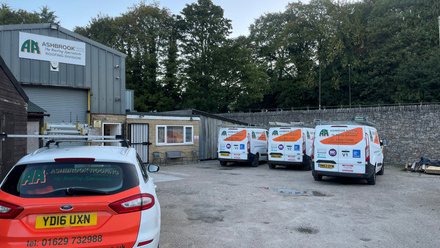News & Insights
Key differences between NFRC and CPS
The NFRC Trade Body exists to provide a sense of community, as well as support and guidance for roofing contractors. They can access helpful resources, education, and keep up to date with legislation and techniques. The Competent Person Scheme, as part of the wider NFRC group allows roofing contractors to demonstrate their competency in a range of roofing disciplines.


